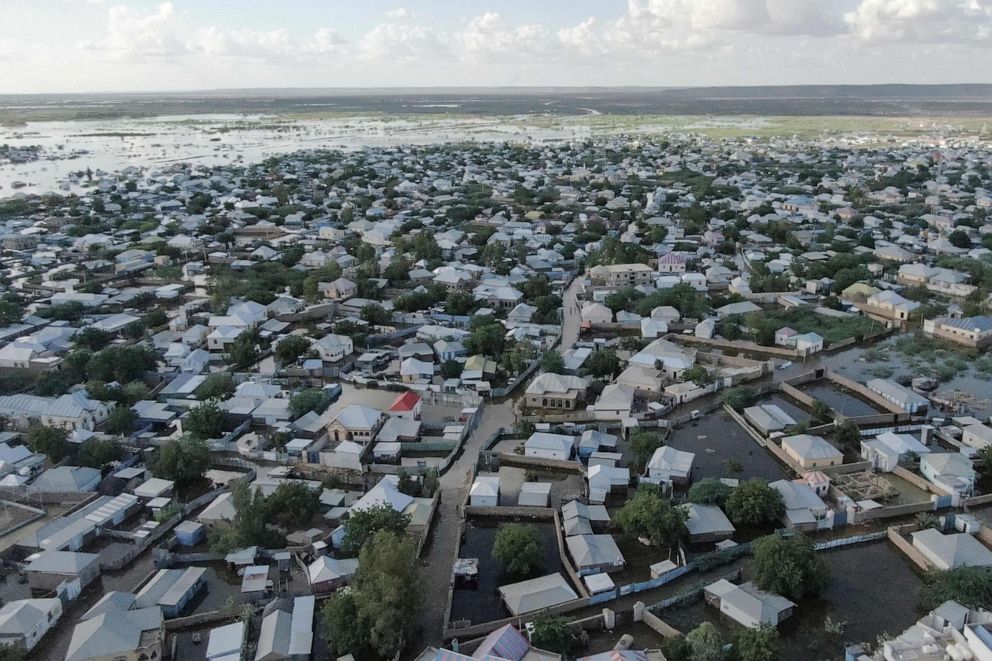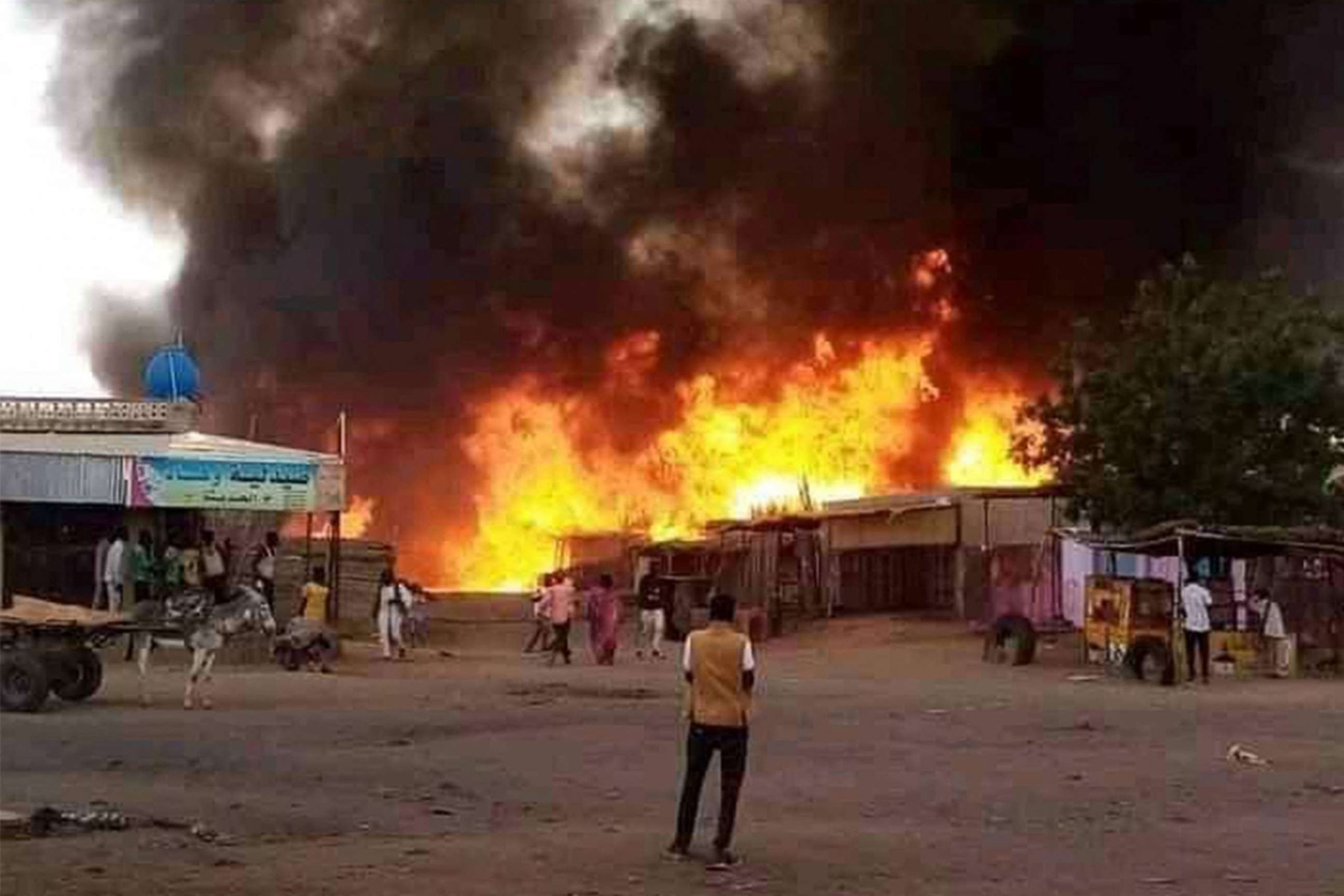Somalia, a country located in the Horn of Africa, has been hit by severe floods in recent years. The floods have caused extensive damage to infrastructure, homes, and crops, and have displaced hundreds of thousands of people. The situation has been exacerbated by the ongoing conflict and insecurity in the country, making it difficult for aid agencies to provide assistance to those affected.
The floods in Somalia are not a new phenomenon, but they have become more frequent and severe in recent years. The country experiences two rainy seasons each year, the Gu and Deyr, which usually occur between April and June and October and December, respectively. During these seasons, heavy rains fall in many parts of the country, causing rivers to overflow and flooding low-lying areas.
In 2019, Somalia experienced one of its worst floods in recent history. The floods affected over 800,000 people, with more than 300,000 people displaced from their homes. The floods destroyed crops and livestock, leading to food shortages and an increase in food prices. The floods also damaged roads and bridges, making it difficult for aid agencies to reach those affected.
The floods have had a significant impact on the health of the population. The stagnant water left behind by the floods has become a breeding ground for mosquitoes, leading to an increase in cases of malaria. The lack of clean water and sanitation facilities has also led to an increase in cases of waterborne diseases such as cholera.
The floods have also had a significant impact on education in the country. Many schools have been damaged or destroyed by the floods, forcing children to miss out on their education. The displacement of families has also made it difficult for children to attend school, as they may have to travel long distances to reach the nearest school.
The government of Somalia has been working with aid agencies to provide assistance to those affected by the floods. However, the ongoing conflict and insecurity in the country have made it difficult for aid agencies to reach those in need. The government has also been working to improve the country’s infrastructure to prevent future floods, but progress has been slow due to the lack of resources.
In conclusion, the historic floods in Somalia have had a devastating impact on the country’s population. The floods have displaced hundreds of thousands of people, destroyed crops and livestock, and damaged infrastructure. The situation has been exacerbated by the ongoing conflict and insecurity in the country, making it difficult for aid agencies to provide assistance to those affected. The government of Somalia and aid agencies must work together to provide assistance to those affected by the floods and to prevent future floods from occurring.



